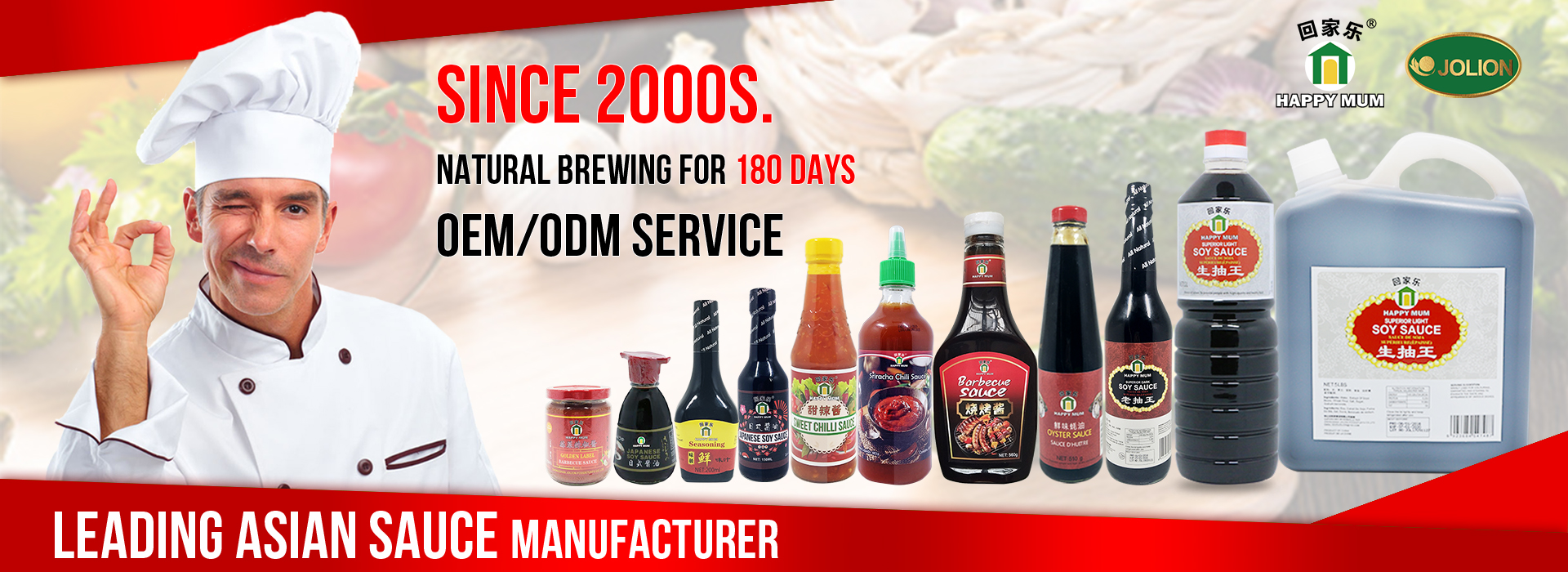
- Exploring JOLION Food's Exquisite Sauces and Noodles at SIAL PARIS 20242024-10-30SIAL PARIS, the renowned international food exhibition, is set to showcase a plethora of gastronomic wonders in 2024. Among the myriad of exhibitors, JOLION Food stands out as a beacon of culinary excellence, promising a delectable journey for food enthusiasts and industry professionals alike.
- Do you really know anything about canned tomatoes?2025-03-31
- The 4,000-Year History of Chinese Noodles?2025-03-27
Agriculture Natural Healthy Vermicelli
What Is Vermicelli?
Vermicelli is a traditional type of pasta round in section similar to spaghetti. In English-speaking regions it is usually thinner than spaghetti while in Italy it is typically thicker.
The term vermicelli is also used to describe various types of thin noodles from Asia. In Vietnam vermicelli is the same as angel hair pasta or capellini.
Vermicelli History
In 14th-century Italy, long pasta shapes had varying local names. Barnabas de Reatinis of Reggio notes in his Compendium de naturis et proprietatibus alimentorum (1338) that the Tuscan vermicelli are called orati in Bologna, minutelli in Venice, fermentini in Reggio, and pancardelle in Mantua.
The first mention of a vermicelli recipe is in the book De arte Coquinaria per vermicelli e maccaroni siciliani (The Art of Cooking Sicilian Macaroni and Vermicelli), compiled by the famous Maestro Martino da Como, unequalled in his field at the time and perhaps the first "celebrity chef," who was the chef at the Roman palazzo of the papal chamberlain ("camerlengo"), the Patriarch of Aquileia. In Martino's Libro de arte coquinaria, there are several recipes for vermicelli, which can last two or three years (doi o tre anni) when dried in the sun.
What’s Vermicelli Made from?
Vermicelli is made from refined rice, flour or bean. Vermicelli is similar in appearance to noodles but is much thinner. They are a form of rice noodles. They are often referred to as rice vermicelli noodles or rice sticks.
Is Vermicelli Gluten Free?
There are various types of vermicelli made from different raw materials, for the ones made from wheat flour, do contains gluten; but for some Chinese vermicelli noodles, it is gluten-free, because they are made from refined rice or beans. Take a look at the ingredient list before choosing it.
Vermicelli Calories
Below is the Nutrition Information and calories for 500g vermicelli noodles:
How to cook Vermicelli?
First, we get a bowl to fit the noodles in and pour boiling water into it and soak the noodles in it. Make sure to submerge all the noodles with water and cover it with a lid to keep the heat in (We use plates as lids). Soak it for the amount of time the packaging tells you. For us, it was 1-2 minutes.
Next, we drain the water out through a strainer or sieve. At this point, you can use it as-is or you can leave the noodles in the strainer or bowl you were soaking them in, just make sure the bottom of the bowl is clear of any water to prevent sogginess.
You can take a towel or a cloth and cover it to keep it warm or to prevent it from drying out if you are not ready to use it yet.
Once the noodles are soft, you can loosen it up with your fingers and use it! It should have a nice spring to it. You eat it as is, or fry it in a pan for some fried vermicelli!
Related News
- 2025-02-06Transforming Regular Soy Sauce into Light Soy Sauce A Simple Guide
- 2024-12-20Elevate Your Sandwich with JOLION Food Mayonnaise
- 2024-12-19How to Make Wasabi Mayo: A Delicious and Versatile Condiment
- 2024-12-19How to Roast Canned Corn: A Simple Guide
- 2024-12-18Try JOLION Foods' Delectable Canned Lychee Recipes
- 2024-11-29Teriyaki sauce recipe
Start Your Seasoning Sauce Business by a Free Quote
GET FREE QUOTES
If you are interested in our services, let's have a try on the first project




